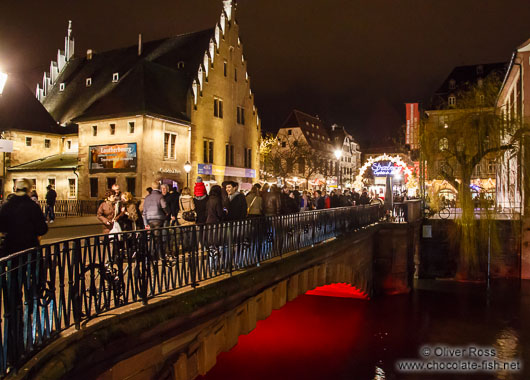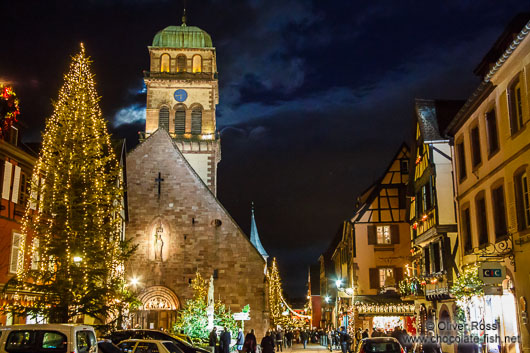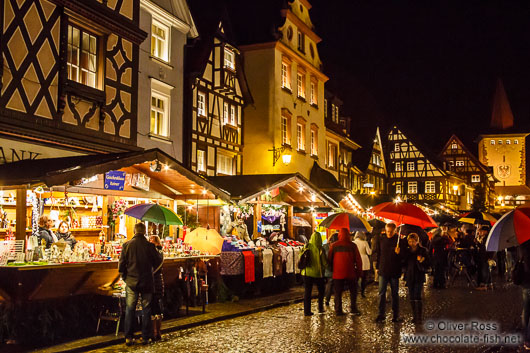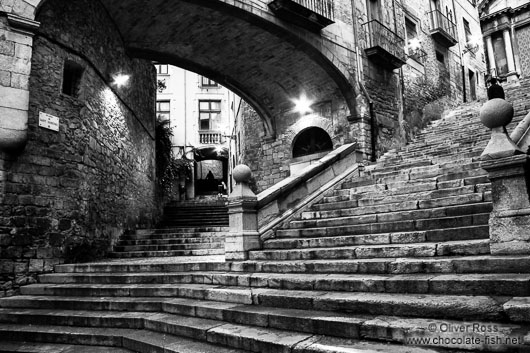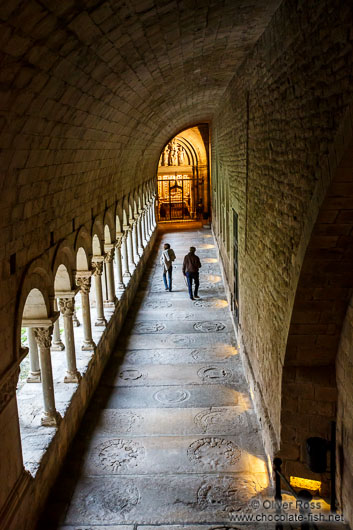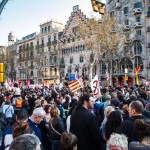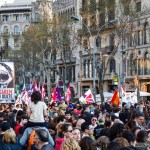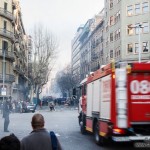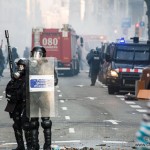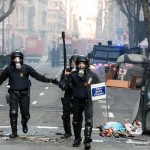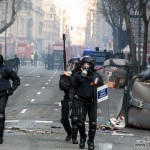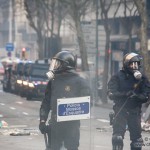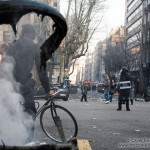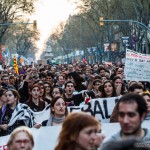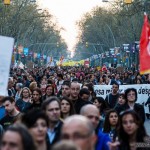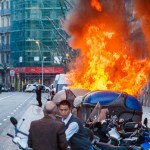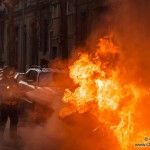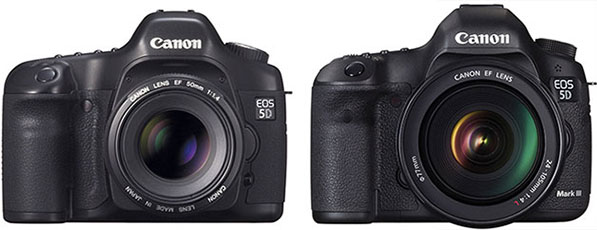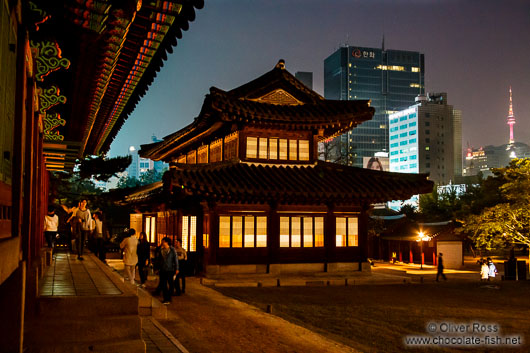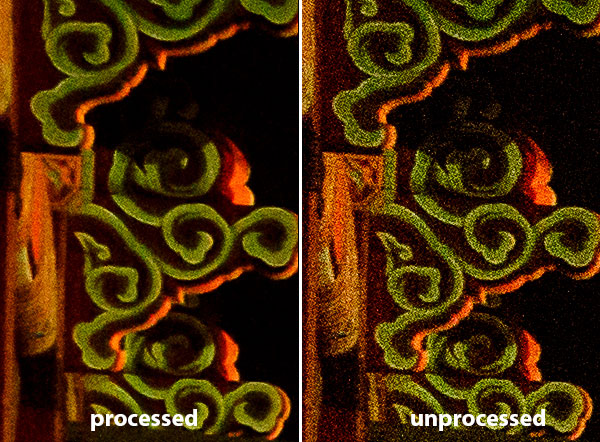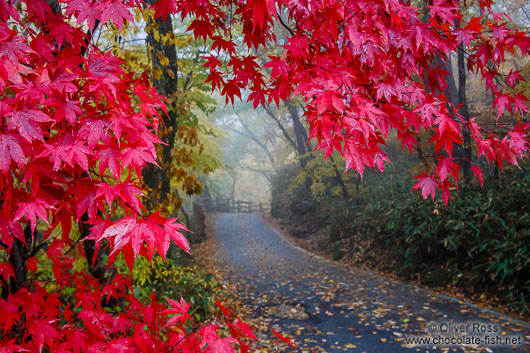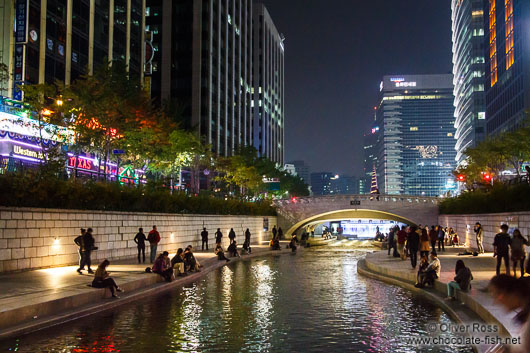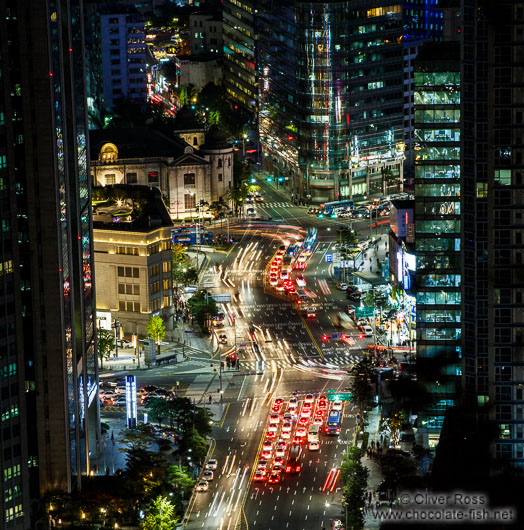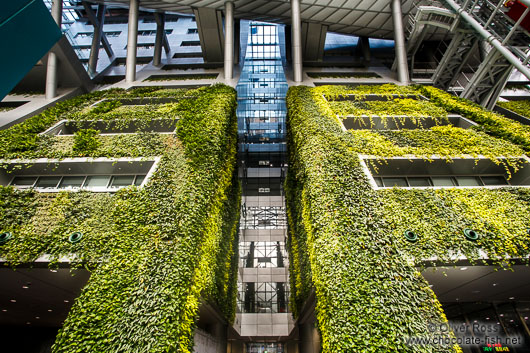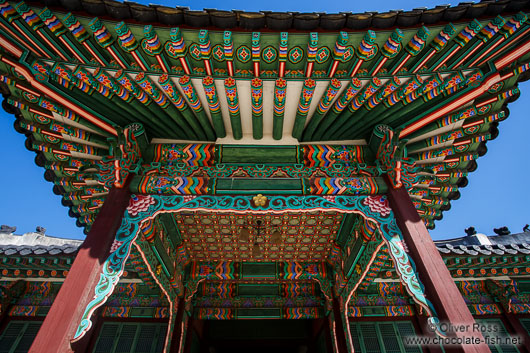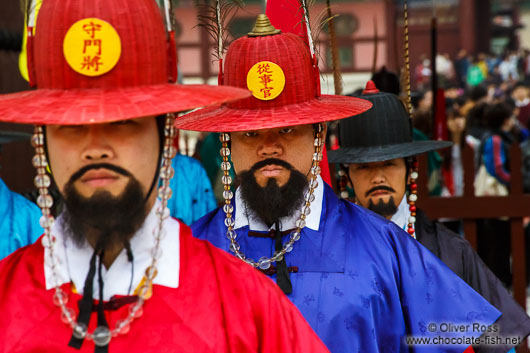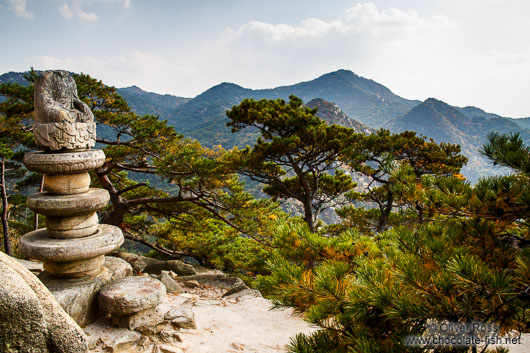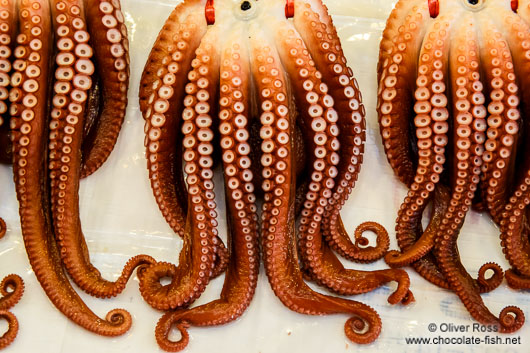… is nice. Especially the balmy days with lots of sunshine provide a welcome respite for travellers from colder climates. So far, the average daytime temperatures have ranged from 12° to 20°C this winter. The city is less crowded and especially the small beach towns to the North and South hardly see any tourists this time of year. There are some new photos available from Barcelona and the beach town of Sitges about 30 minutes South of Barcelona. They can be found in the Barcelona, Barcelona Gaudí, and Catalonia albums.
About
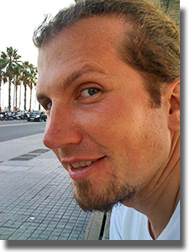
Oliver Ross is a travel and artistic photographer. His photography site at Chocolate Fish Photos now contains nearly 9000 images from over 40 countries. To find out more, read the about page.-
Recent Posts
Recent Comments
- bluesky98 on New Google image search leads to drastic reduction in site referrals
- bluesky98 on Barcelona in winter …
- Ramón on General Strike in Spain
- photojack on New Photos from Girona are online
- Oliver Ross on Evaluating the new Canon EOS 5D Mark III
Tags
- 22@District
- Alps
- architecture
- Barcelona
- Bavaria
- beaches
- Belgium
- Bruges
- Brussels
- Castile
- contemporary architecture
- copyright law
- Côte d'Azur
- Eze
- France
- Gaudí
- Germany
- Ghent
- Green wall
- Hawaii
- Heidelberg
- image manipulation
- image search
- Lake Constance
- modern architecture
- Nice
- night photography
- octopus
- Paris
- photography
- photography business
- Provence
- Salamanca
- search engines
- Segovia
- sightseeing
- Spain
- Thailand
- Toledo
- tourism
- travel
- UNESCO world heritage
- world press photo awards
- Ávila
July 2025 M T W T F S S 1 2 3 4 5 6 7 8 9 10 11 12 13 14 15 16 17 18 19 20 21 22 23 24 25 26 27 28 29 30 31 Archives
Categories
Menu

 Subscribe to feed
Subscribe to feed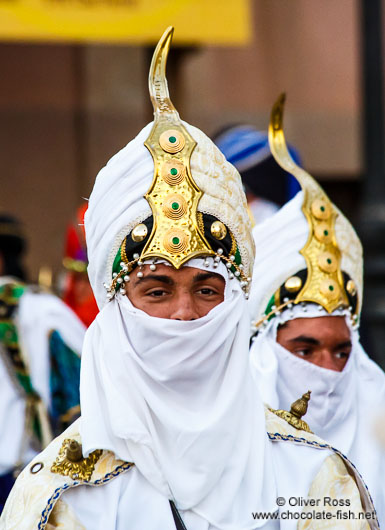
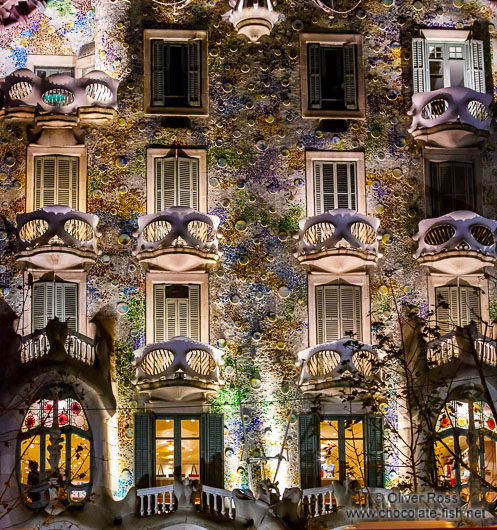
![[del.icio.us]](https://www.chocolate-fish.net/blog/wp-content/plugins/bookmarkify/delicious.png)
![[Facebook]](https://www.chocolate-fish.net/blog/wp-content/plugins/bookmarkify/facebook.png)
![[Google]](https://www.chocolate-fish.net/blog/wp-content/plugins/bookmarkify/google.png)
![[LinkedIn]](https://www.chocolate-fish.net/blog/wp-content/plugins/bookmarkify/linkedin.png)
![[Mister Wong]](https://www.chocolate-fish.net/blog/wp-content/plugins/bookmarkify/misterwong.png)
![[StumbleUpon]](https://www.chocolate-fish.net/blog/wp-content/plugins/bookmarkify/stumbleupon.png)
![[Technorati]](https://www.chocolate-fish.net/blog/wp-content/plugins/bookmarkify/technorati.png)
![[Twitter]](https://www.chocolate-fish.net/blog/wp-content/plugins/bookmarkify/twitter.png)
![[Email]](https://www.chocolate-fish.net/blog/wp-content/plugins/bookmarkify/email.png)
